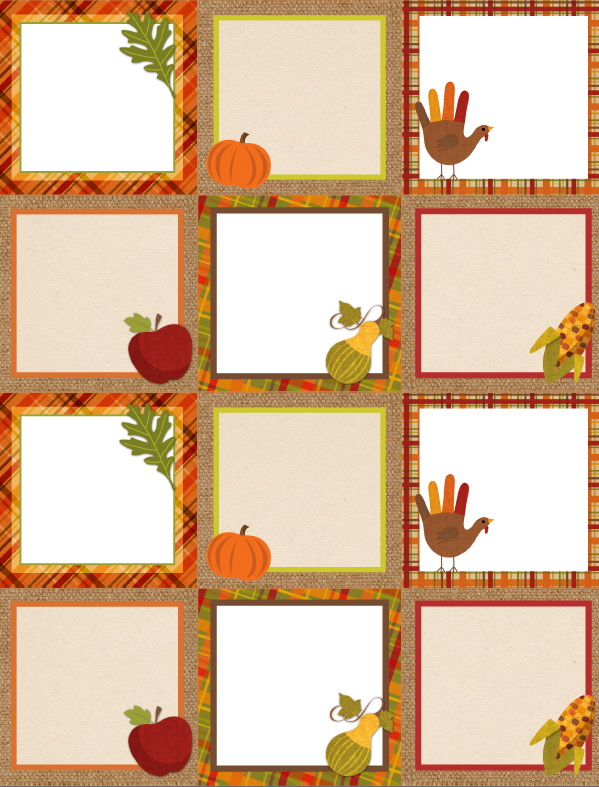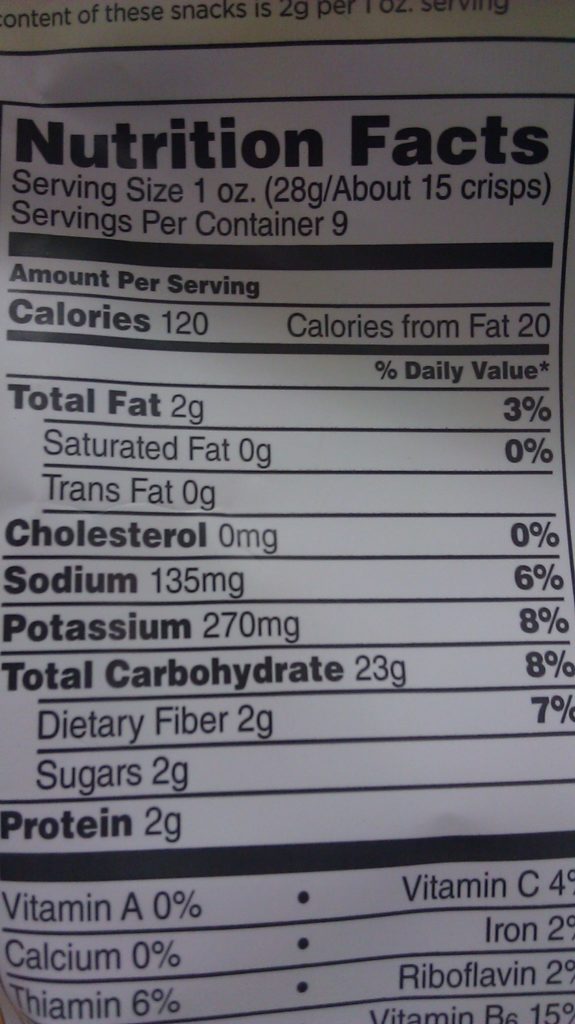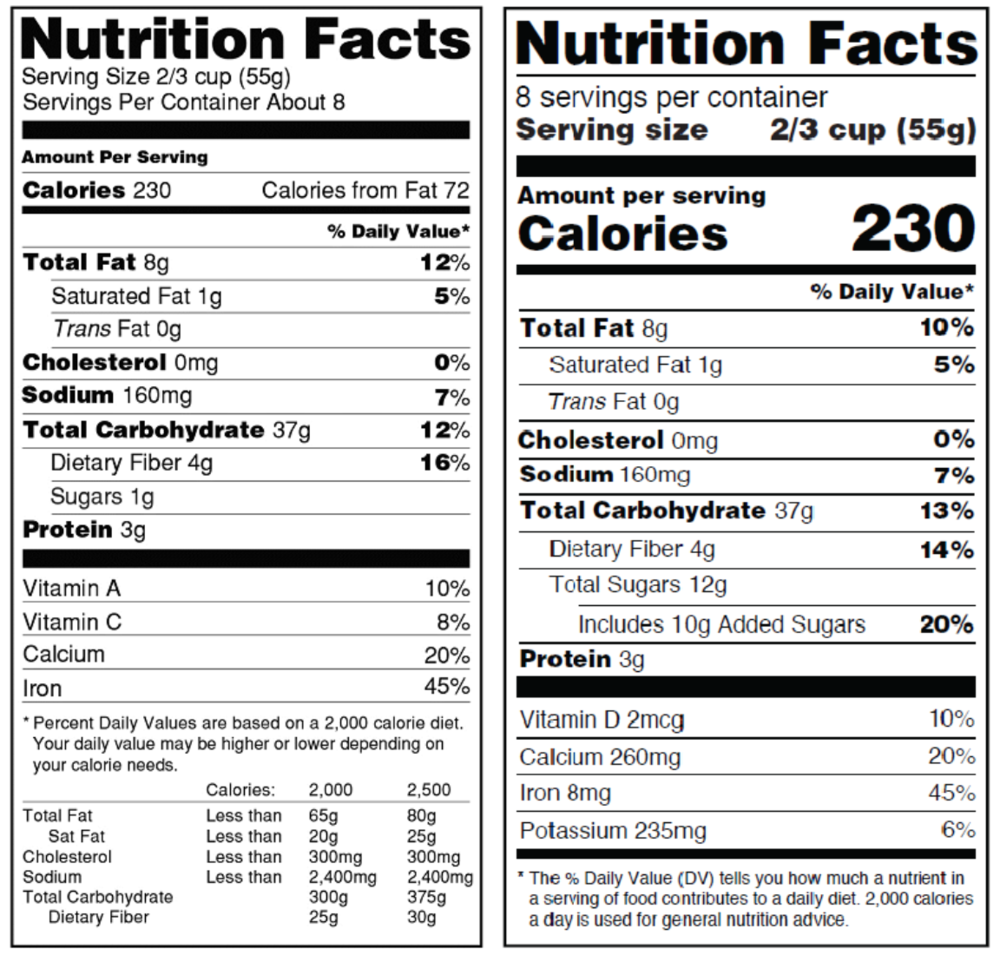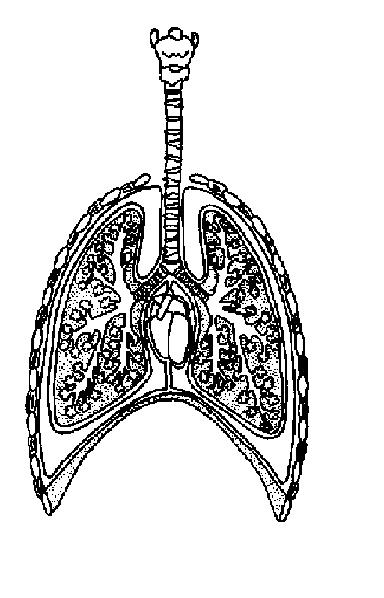38 e on food labels
Food-Info.net : What does the e-sign mean on a label The e -sign on a food label indicates that the volume or weight of the product is an average value. Packaging machines in the food industry are not completely accurate; there will always be a margin of inaccuracy. Also, many products are not homogeneous, but contain lumps, pieces of fruits etc, which means that the same volume may have a different weight. How to Understand and Use the Nutrition Facts Label | FDA Overview. The information in the main or top section (see #1-4) of the sample nutrition label (below) can vary with each food and beverage product; it contains product-specific information ...
Food labels - NHS Nutrition labels are often displayed as a panel or grid on the back or side of packaging. This type of label includes information on energy (kJ/kcal), fat, saturates (saturated fat), carbohydrate, sugars, protein and salt. It may also provide additional information on certain nutrients, such as fibre.

E on food labels
Food additives and E numbers: Understanding food labeling ... The ‘E’ stands for Europe and appear on food labelling that is assessed and approved by the European Food Safety Authority. The E code that appears on your label has been approved and is safe to be consumed by this body. According to the EU all food additives must be clearly labelled on the list of ingredients as an E code or by name. Understanding Food Nutrition Labels | American Heart Association 1 - Start with the serving information at the top. This will tell you the size of a single serving and the total number of servings per container (package). 2 - Next, check total calories per serving and container. Pay attention to the calories per serving and how many calories you're really consuming if you eat the whole package. Packaging and labelling | Food Standards Agency Food businesses must include a business name and address on the packaging or food label. This must be either: the name of the business whose name the food is marketed under; or. the address of the business that has imported the food. Food products sold in NI must include a NI or EU address for the food business.
E on food labels. Food labels - Better Health Channel Under labelling laws introduced in Australia in 2003, virtually all manufactured foods must carry an NIP. There are exceptions to the labelling requirements, such as: very small packages and foods like herbs, spices, salt, tea and coffee single ingredient foods (such as fresh fruit and vegetables, water and vinegar) food sold at fundraising events How to understand food labels - Eat For Health Sometimes labels will include nutrition content claims like 'low fat', 'reduced salt' or 'high fibre'. These claims can only be used if the food meets certain criteria. For example, with a 'good source of calcium' claim, the food must contain more than a set amount of calcium. While nutrition content claims can generally guide ... A vegan's guide to reading food labels Lard/tallow - animal fat. Shellac - obtained from the bodies of the female scale insect tachardia lacca. Honey - food for bees, made by bees. Propolis - used by bees in the construction of their hives. Royal Jelly - secretion of the throat gland of the honeybee. Vitamin D3 - from fish-liver oil or sheep's wool. E-labels on foods - newtech.law How is it now? The EU's Food Information to Consumers Regulation (1169/2011), which has been in force for nearly two years, was designed to simplify the rules on labelling of foods so that food labels would be clear, legible and understandable for consumers.
eCFR :: 21 CFR Part 101 -- Food Labeling (e) Under the provisions of section 403(c) of the Federal Food, Drug, and Cosmetic Act, a food shall be deemed to be misbranded if it is an imitation of another food unless its label bears, in type of uniform size and prominence, the word "imitation" and, immediately thereafter, the name of the food imitated. Food Labels | Nutrition.gov What's New with the Nutrition Facts Label. HHS, Food and Drug Administration. The U.S. Food and Drug Administration (FDA) has updated the Nutrition Facts label on packaged foods and beverages with a fresh design that will make it easier for you to make informed food choices that contribute to lifelong healthy eating habits. What's in a Name? Food Labeling & Nutrition | FDA Food labeling is required for most prepared foods, such as breads, cereals, canned and frozen foods, snacks, desserts, drinks, etc. Nutrition labeling for raw produce (fruits and vegetables) and ... Food Labels | CDC All the numbers on this label are for a 2/3-cup serving. This package has 8 servings. If you eat the whole thing, you are eating 8 times the amount of calories, carbs, fat, etc., shown on the label. Total Carbohydrate shows you types of carbs in the food, including sugar and fiber. Choose foods with more fiber, vitamins, and minerals.
List of food labeling regulations - Wikipedia Food and Drug Administration Amendments Act of 2007. Food and Drug Administration Modernization Act of 1997. Food libel laws. Food Quality Protection Act. Generally recognized as safe. Global Food Security Act of 2009. Kevin's Law. Mandatory country-of-origin labeling of food sold in the United States. E numbers (food additives) | DermNet NZ Foods sold in the European Union (EU) have had full ingredient labelling since the mid-1980s. These include standard codes (E numbers) that accurately describe additives used in the production of food. These numbers are also used in Australia and New Zealand but without the E. Many of these additives were once of natural origin. 36 Food Labels You Should Know | News When the label appears directly on a food product, it guarantees the above and that the product was manufactured using 100 percent clean energy. Green-e, administered by the nonprofit Center for Resource Solutions, is the nation's leading certification program for renewable energy and carbon offsets, ... e-symbol on labels - What it is and Why. - GLOW SKINCARE The e -sign on the label indicates the legally accepted average and margins for the product. The EU allows a slight variance, or margin of error. This means that occasionally you might get slightly more, or less than the label says. But, on average consumers will get what's advertised on the label. This is why it's called the 'average fill system'.
Food labels: What are additives and E-numbers? - AngeNoy.com E100 - 109 | Colours Make your food look more appealing Example: E102 - Tartrazine, an artificial yellow food colouring E200 - 299 | Preservatives Extend the shelf life of your food and delay formation of mould etc. Example: E252 - Potassium nitrate, used in cured meats such as bacon and ham to stop bacteria from growing.
How to Read Food Labels Without Being Tricked - Healthline The product may contain very little whole grains. Check the ingredients list — if whole grains aren't in the first three ingredients, the amount is negligible. Fortified or enriched. This ...
How to Identify Gluten on Food Labels - Verywell Health According to the rule, manufacturers must ensure that their products contain less than 20 parts per million (ppm) of gluten in order to carry the "gluten-free" label. 1. Some gluten-free advocates insist that the FDA standard is inadequate and that symptoms can develop at 10 ppm and lower.
How to read food labels: MedlinePlus Medical Encyclopedia Always check the serving size first. All the information on the label is based on the serving size. Many packages contain more than 1 serving. For example, the serving size for spaghetti is most often 2 ounces (56 grams) uncooked, or 1 cup (0.24 liters) cooked. If you eat 2 cups (0.48 liters) at a meal, you are eating 2 servings.
Understanding Food Labels | The Nutrition Source | Harvard T.H. Chan ... The Nutrition Facts Label. The Nutrition Facts label is overseen by the U.S. Food and Drug Administration (FDA) and was first mandated under the Nutrition Labeling and Education Act of 1990 to help consumers make quick, informed food choices. It has undergone revisions, with the latest update released in 2016. Changes are generally based on updated scientific information and input from the public regarding ease of use.
What's that little 'e' symbol? | Dieline - Design, Branding & Packaging ... The FDA and USDA regulate food packaging guidelines relating to nutrition, net weight and product claims. The standards in Europe are less familiar to me. One device I've seen on packaged products is a little 'e' symbol alongside the net weight statement. I never knew what it stood for and was curious. I finally did discover its name and purpose.
How To Read Food and Beverage Labels | National Institute on Aging For more information about food labels USDA MyPlate 703-305-2060 U.S. Department of Health and Human Services 877-696-6775 U.S. Food and Drug Administration 888-463-6332 druginfo@fda.hhs.gov This content is provided by the NIH National Institute on Aging (NIA).
Food labels (sometimes also referred to as nutrition facts labels) can be defined as panels on the packaging of food containing information about the nutritional value of the food item. There is a variety of different food labels out there and there had been extensive discussions in the past about whether food labels are beneficial or not.
USDA ERS - Food Labeling Manufacturers with $10 million or more in annual sales were required to switch to the new label by January 1, 2020; manufacturers with less than $10 million in annual food sales had until January 1, 2021 to comply. Future research can investigate whether the changes improved the diet quality of U.S. consumers.
What Food Label Symbols Mean | Custom Label Blog Symbols on food labels can tell customers different things like how the product was grown or processed, if it's been certified by a third party regulatory agency, ingredients, allergens, and more. Not only do symbols provide information, but they also differentiate products from competitor brands which can attract niche customers.
Packaging and labelling | Food Standards Agency Food businesses must include a business name and address on the packaging or food label. This must be either: the name of the business whose name the food is marketed under; or. the address of the business that has imported the food. Food products sold in NI must include a NI or EU address for the food business.
Understanding Food Nutrition Labels | American Heart Association 1 - Start with the serving information at the top. This will tell you the size of a single serving and the total number of servings per container (package). 2 - Next, check total calories per serving and container. Pay attention to the calories per serving and how many calories you're really consuming if you eat the whole package.
Food additives and E numbers: Understanding food labeling ... The ‘E’ stands for Europe and appear on food labelling that is assessed and approved by the European Food Safety Authority. The E code that appears on your label has been approved and is safe to be consumed by this body. According to the EU all food additives must be clearly labelled on the list of ingredients as an E code or by name.











Post a Comment for "38 e on food labels"